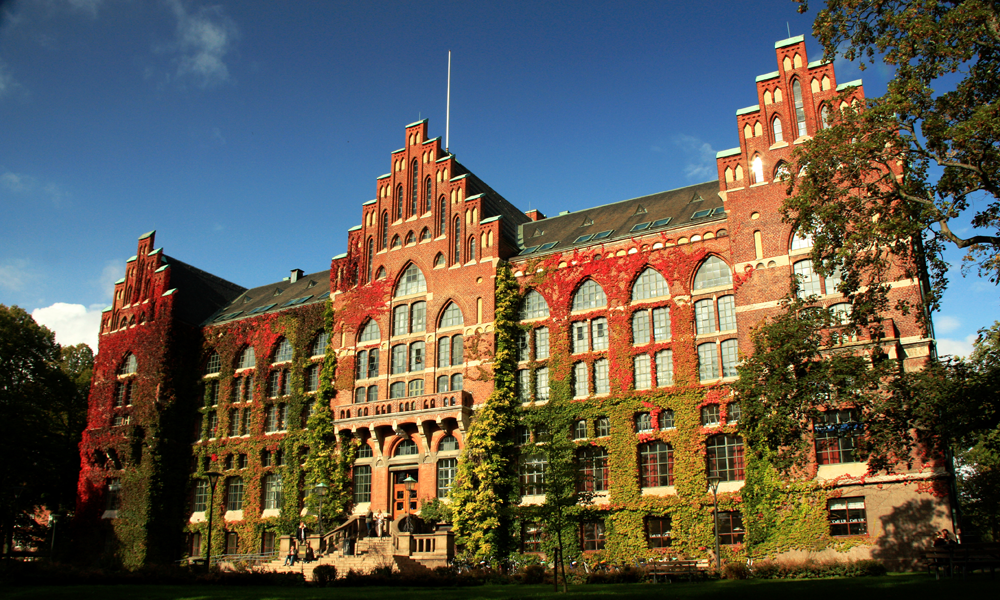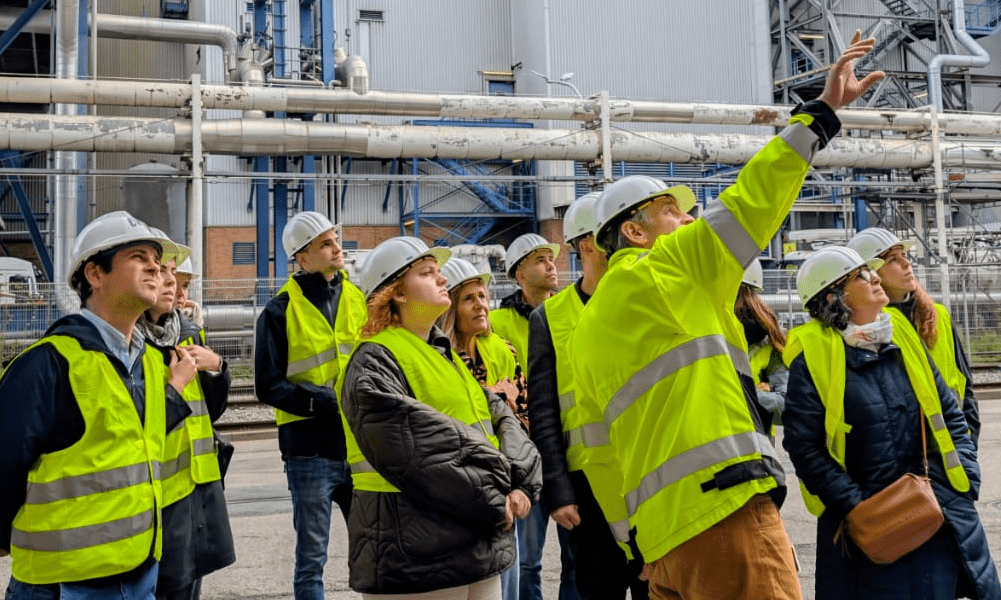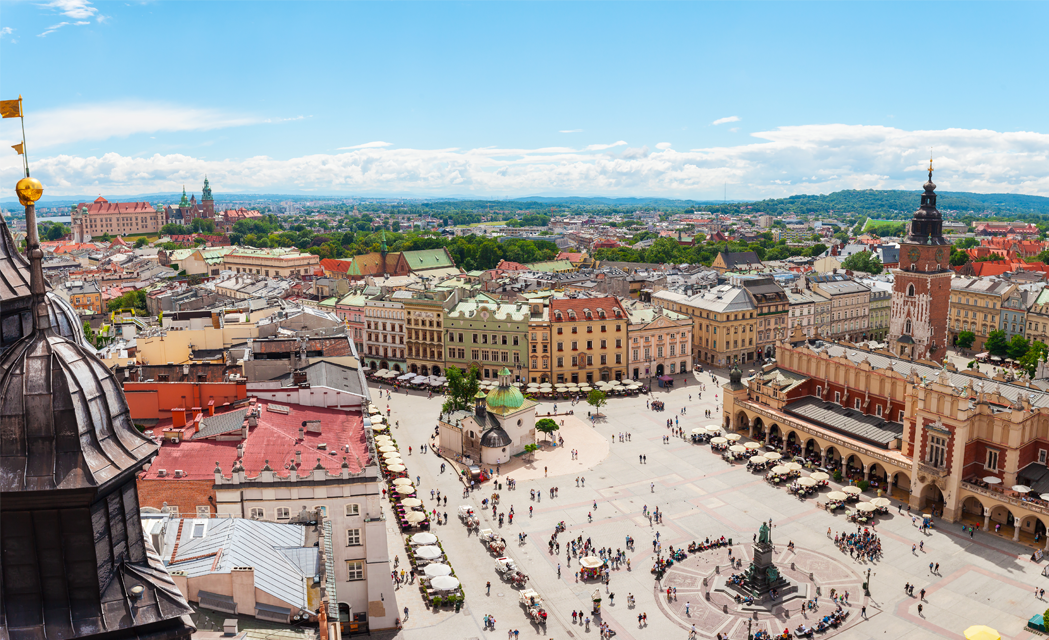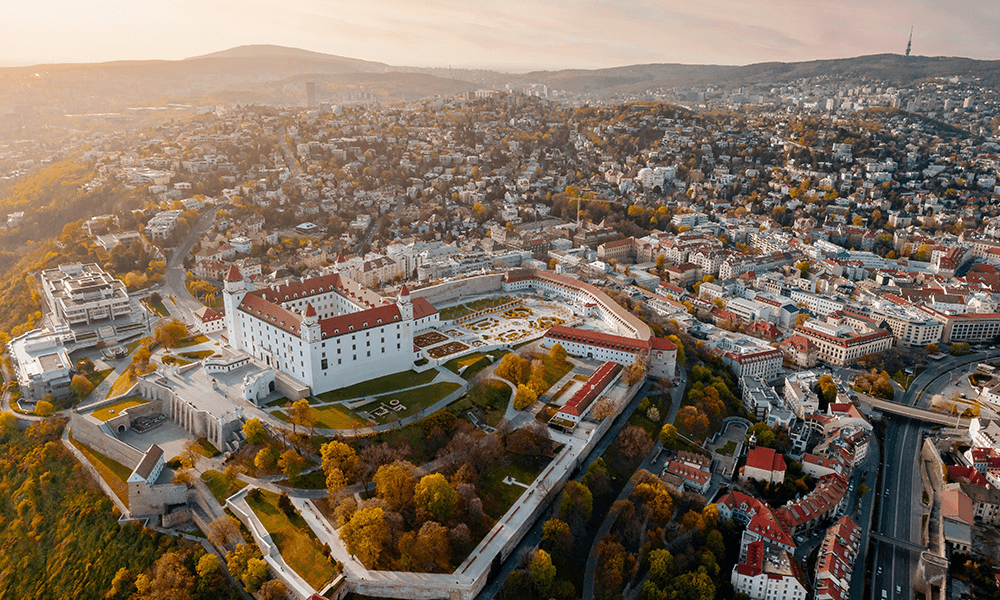Written by Lilybell Evergreen, Bhuvana Sekar, and Alan MacKenzie
As cities across Europe pursue climate neutrality as part of the EU Cities Mission, their efforts to innovate, collaborate, and learn are being organised in very different ways. But what do these efforts have in common that other cities can learn from and replicate?
Each of the Mission’s 112 cities has its own story – its own structures, goals, challenges, and opportunities – but another view of this diversity is offered by looking at the people closest to the cities and how they work with others to implement the actions set out in Climate City Contracts (CCCs).
Innovating and finding solutions to complex challenges requires diverse skills and methods, which should favour collaboration and a multi-disciplinary approach to assemble knowledge from different places.
Cities need “process designers – people who can coordinate and have capacity to develop a strategy,” says Gabriella Doci, a researcher from NetZeroCities’ partner TNO.
Step forward city ‘transition teams’ where, in NetZeroCities, the project managing the Mission Platform, they are one form of this overall approach.
What are transition teams?
Transition teams are “intermediaries,” says Doci, whose primary task is to facilitate and coordinate the city’s transition.

As dedicated groups they help to orchestrate and drive the collective effort toward climate neutrality at the city level. They don’t do everything themselves, and indeed, they can’t – citizens, businesses, community organisations, governing authorities, experts and more will all need to be involved to make systemic changes.
“Everybody has to be on board,” says Doci, not as a slogan or metaphor “but in a literal sense.” All parties will have to contribute to development, implementation and finance, and the transition team is the intermediary force that coordinates those players.
The exact form of the team – its members and responsibilities – will vary by city, but “if you set up a team, it must have a mandate,” says Doci. The team should empower stakeholders to develop projects while directing them towards the goals of the Mission, avoiding duplication and ensuring all areas of decarbonisation – energy, mobility, etc. – are covered. This is aided by the CCC, which can guide aspirations and translate them into concrete projects.
Transition teams therefore sit at the heart of the coalition they orchestrate, closely connected to the city government and with the tools to understand the diverse local ecosystem of actors.
Key abilities of a transition team include:
Why are transition teams valuable?
Well-orchestrated collaboration is essential to address challenges that go beyond the remit, knowledge, resources, or ability of a single actor. A transition team serves as the backbone of a city’s climate action strategy, ensuring that commitments to sustainability are translated into concrete, coordinated action, and support collaboration in different ways:
Transition teams in action
The exact organisational form of a transition team will vary city by city and the local context should indicate which model is best. To help guide cities to develop their own approach, there are several examples of what it could look like. These should be seen as examples, not the only way it can be formed.

1. Mission groups
A mission group is a collaborative governance structure based around a specific mission, i.e. a challenge such as reaching climate neutrality by 2030. It involves the city government, industry, academia, and sometimes national government departments.
Members of these groups commit some of their time (in combination with other roles) and are supported by a core mission team from within the city government.
In this model, the city government-based transition team brings legitimacy, existing funding, access to municipal resources and services, brand recognition for stakeholder engagement, and the ability to incorporate multi-level governance while building on previous climate initiatives.
However, as transition teams require both a high-level mandate and hands-on capacity to succeed, challenges and risks include time constraints among team members, institutional rigidity in collaborative approaches, and difficulty accessing technical analytical support.
2. External organisation or spin-out
A ‘third party’ organisation can be responsible for orchestrating the local transition to climate neutrality. In this model, the orchestration role is neither in the city government nor in any of the other local actors but in a new dedicated organisation with strong connection to these other actors. Team members are full time employees of this organisation. Some additional team members may be drawn out of the coalition of actors, on a permanent basis, or on secondment, but a permanent and autonomous team always remains.
This model has the potential to garner: greater trust through neutrality; higher buy-in from diverse stakeholders who co-fund the coalition; and flexibility to organise its work and incorporate relevant expertise as needed. However, this model may struggle with political legitimacy due to its external nature and requires ongoing effort to maintain strong relationships with local authorities. Funding challenges are also possible without direct municipal support.


3. Networked partnership
The transition team can be the result of a network partnership created with willing local actors. No independent organisation is created in this model, but a team emerges from a network of core actors that each make a few individuals available for the orchestration of the coalition.
This model distributes leadership and combines complementary resources and capabilities across members, builds broad societal mandate through extensive networks that can influence political ambition, and invests in relationship-building that creates foundations for trust and systemic action. However, partnership approaches: require significant time investment for alignment and sense-making; demand resources to build trustful collaborative relationships; and may face resilience challenges without long-term funding and sustained engagement from city government and partner organisations.
If you are a Mission City and interested in building your own Transition Team or evolving your current set up, you can read more in the Transition Team Playbook and get in touch with your city advisor.
The path to climate neutrality requires transformative change across all sectors of urban life. Transition teams serve as the catalyst and coordinator of this ambitious journey within the city, turning ambitious climate commitments and plans into tangible, coordinated action. By learning from the diverse models emerging across Europe, cities can design transition teams that fit their local context while driving systemic change toward a climate-neutral future.
